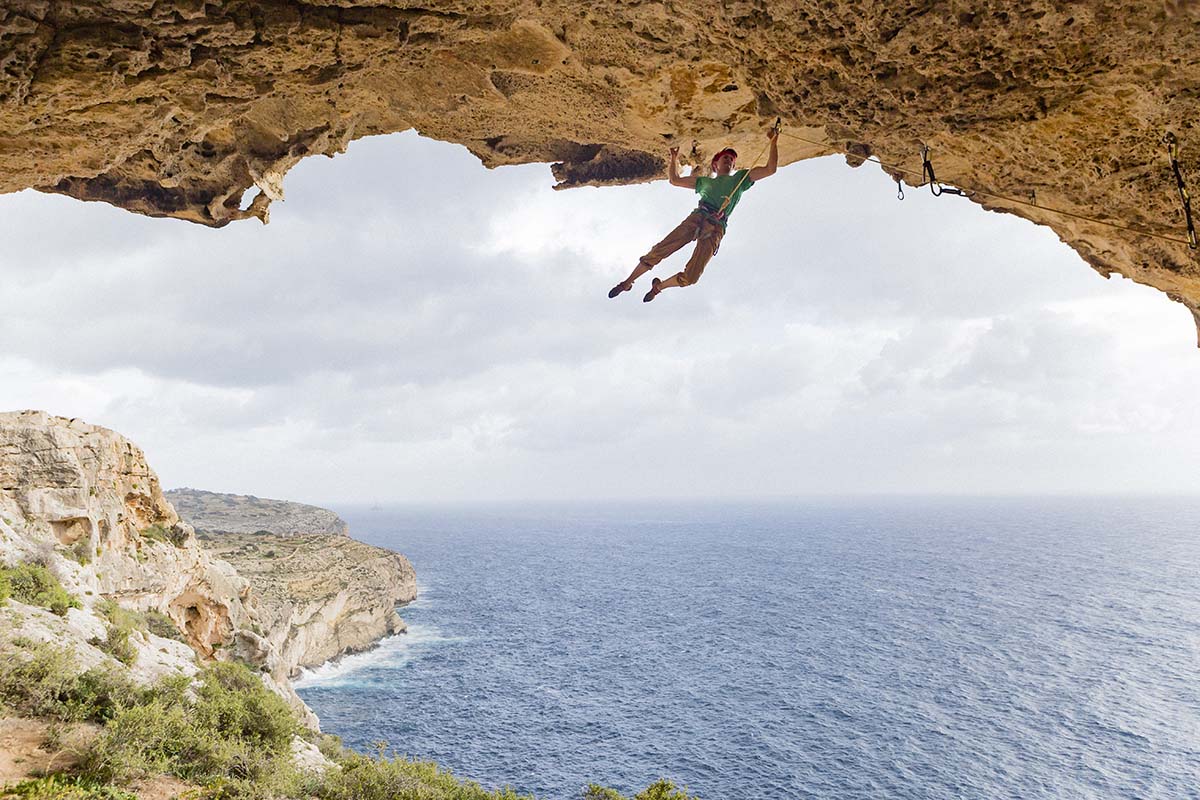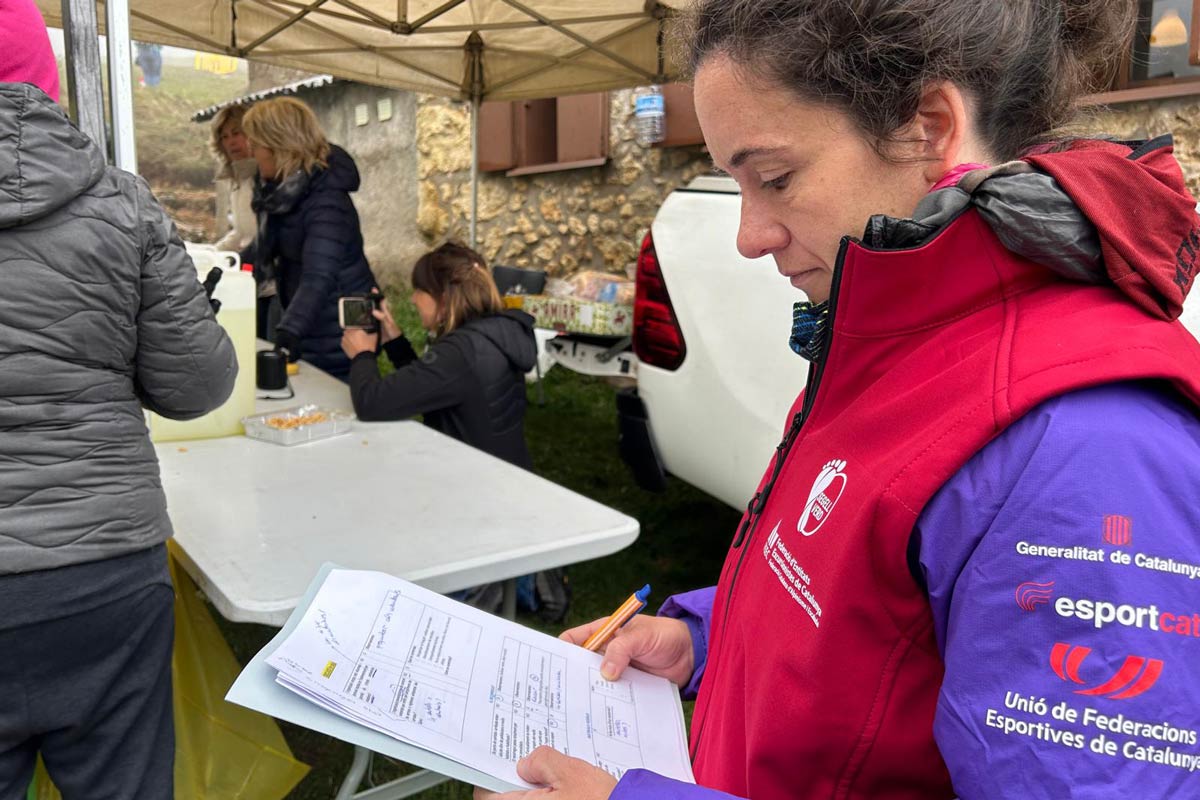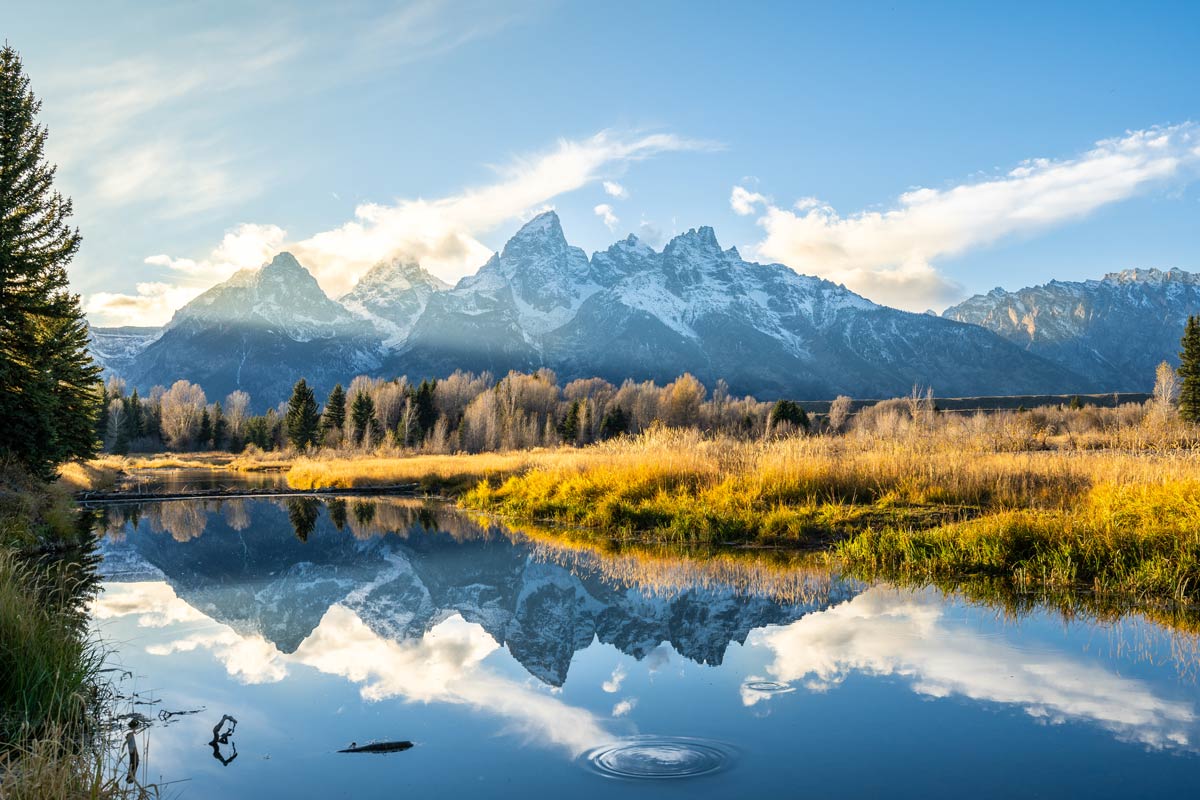At the 2017 UIAA General Assembly, the International Climbing and Mountaineering Federation welcomed its latest member. With the election of the Malta Climbing Club (MCC) as full member, the UIAA now represents 91 member associations from 68 countries.
The MCC was set up in 2010, a time when in Malta there was no truly representative climbing organisation. “It was felt that the sport needed a structure which in addition to promoting the sport locally, would also work towards providing local climbers with the support and services that climbers now often take for granted in their own countries all over the world,” explains the federation’s President Simon Alden.
“Such a structure should include for example a system of training certification for climbers and guides that would be designed specifically for the Maltese scenario and in turn recognised by the UIAA,” continues Alden. “The club would need to protect access to popular climbing areas, organise activities and competitions for its members, as well as provide climbing related information to its members, foreign visitors as well as the general public and media, among other goals The need was also recognised to act as a point of reference and collaborate closely with the commercial arm of the sport, which has been growing over recent years. These include climbing equipment suppliers as well as those providing climbing services to climbers visiting our islands.”
The MCC counts about 150 members, and receives membership applications throughout the year, so the exact number of its members varies. The membership is international owing to the large expat community working and living in Malta due to its thriving economy. The club also counts a healthy proportion of young members who renew their membership year on year.
In the interview below Simon Alden helps provide an insight into the MCC, its future plans and services for both members and those visiting this Mediterranean island steeped in history and located at the ‘crossroads of the Mediterranean’.
UIAA: What defines the climbing and mountaineering scene in Malta and what opportunities does the country’s environment offer?

SA: Climbing in Malta is mostly about sea-cliffs and spectacular coastal views. The islands are composed primarily of limestone which can vary in quality but there is enough good rock to provide hundreds of routes of all grades all around the coast of Malta and Gozo, the sister island. Climbing in Malta can be very atmospheric, and the sea is never far away, often directly beneath the climber! For those who aren’t comfortable climbing above the sea, there are a number of inland valleys and crags which are more easily accessible.
Due to Malta’s relatively small size – it’s just 26km by 14.5km wide – the crags are never far away and very little time is wasted on the approach. Walk-ins are short and you can usually get from your car to the base of your route within five to ten minutes. Another great attraction is that it’s possible to climb in Malta the whole year around. Winters are mild and climbing in tee-shirts in January is common.
Another very positive result of its size is the fact that there is a strong sense of community. Climbers visiting Malta are welcomed and often hook up with local buddies to explore the crags.
Although the roots of the sport in Malta are in traditional climbing, a result of the British ethic which was introduced by the Royal Marines and subsequently adopted by local climbers, sport climbing has now become the most popular activity and many of the trad routes have been retrobolted, although many trad routes do survive.
UIAA: What are your core projects or services for members?
SA: The success of the MCC has been built on promoting the sport locally and making it more accessible by organising regular climbing meets throughout the year. The meets are open to its members as well as the general public, with the club providing all necessary equipment and expertise. These meets are often very well attended and have introduced the sport to hundreds of people over the years. Membership fees are kept low to make them affordable for everyone.
The club manages a small indoor bouldering facility which has provided an important meeting point for local climbers as well as foreign climbers seeking to get in touch with the local climbing community. Indoor climbing in Malta is still in its infancy, and the club has plans to improve the indoor climbing infrastructure. The club has been instrumental in developing the sport climbing infrastructure by financing the purchasing of drilling equipment, bolts and resin used by local climbers to develop new routes as well as maintain the older routes on a voluntary basis.
The club keep close contact with, and acts as a climbing point of reference to the local civil protection department, which is responsible for all local rescues.
The club set up an extremely successful Kids Zone section which provides weekly climbing instruction to children between the ages of 6 and 12 while also organising outdoor meets for the children regularly.
The MCC provides instruction to students of the University of Malta through the “Degree Plus” programme. It also provides occasional guiding services to groups and individuals when required and regularly organises First Aid courses with a focus on climbing related injuries through the Red Cross.
Access is an important issue as many Maltese crags are on, or close to, private land, therefore the club seeks to represent climbers in discussions with landowners and other stakeholders.

UIAA: With Malta having such a close connection with the sea are you involved in any environmental projects and ones which involve local climbing regions?
SA: The club isn’t formally a member of any environmental project however it does participate regularly in local nationwide clean up initiatives, and organises independent clean ups of local crags from time to time. We have also provided input to the local authorities relating to the practice of climbing on various crags falling within the Natura 2000 sites on the island.
UIAA: Your website provides information on a list of crags and a bolt fund. Is a significant amount of spent maintaining and equipping existing routes (and rebolting) or devising new ones?
SA: Currently we try to strike a balance between bolting new routes and maintaining or upgrading the older bolted routes. Despite the increased cost, for the past couple of years locals are only using titanium bolts and anchors in an effort to upgrade the whole climbing infrastructure locally, particularly due to the marine environment in which the bolts are often placed. The only history of bolt failure on the Maltese islands concerns some old 304 stainless steel bolts that were placed on sea cliffs. Some of these bolts failed on loading in a series of minor incidents a few years ago. The routes in question have since been repaired. The vast majority of bolts now are 316 grade stainless or titanium alloy, with the proportion of titanium on the increase every year. Since all the work is voluntary, the amount of work done very much depends on the energy and aspirations of the members!
UIAA: How popular is competition climbing among members or the youth in Malta?
SA: Competition climbing is unknown to local climbers with the first and only bouldering competition being organised by the MCC in 2011. The main issue at the moment is that there is no international standard indoor climbing facility on the island therefore any competition would have to be held outdoors, which is impractical for various reasons. Although the temperatures in Malta are too warm for any type of winter climbing activity, a number of our members climb abroad regularly and Malta’s leading mountaineer has summited Everest twice via different routes. The club promotes and supports any type of climbing activity and in fact the club has a mountaineering section which, following membership of the UIAA will be promoted more intensively.
UIAA: What benefits do you hope joining the UIAA brings?
SA: The club believes that taking its place amongst the climbing community of the world is a benefit in itself and something that is long overdue. But the main benefit should be as a signal to the Maltese government, the sports council, climbers and people of Malta and Gozo that the sport has come of age and that the MCC is an organisation which can represent the sport to government in a professional and credible manner.
More specifically, the club will focus on:
- Bringing together the local climbing community
- Contacts with the government/Sport Malta
- Premises/International standard indoor climbing facility
- Training and certification structure
- Regulation of / set standards for commercial operations
- Mountaineering and Alpinism
- Insurance
- Competitions
To discover more about the Malta Climbing Club click here.
To discover more about the UIAA’s 91 member associations click here.



